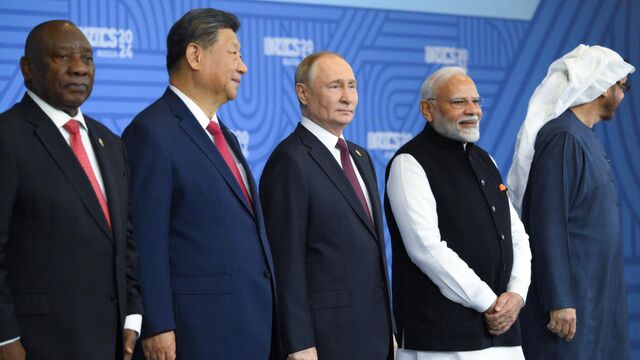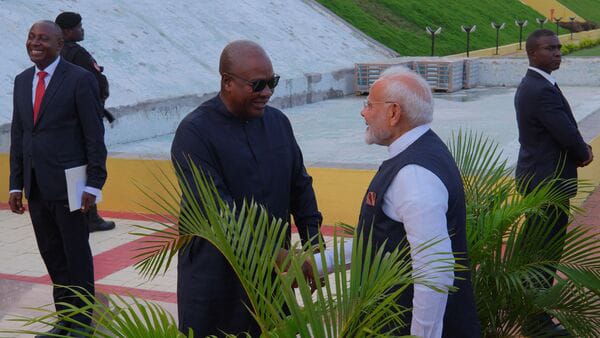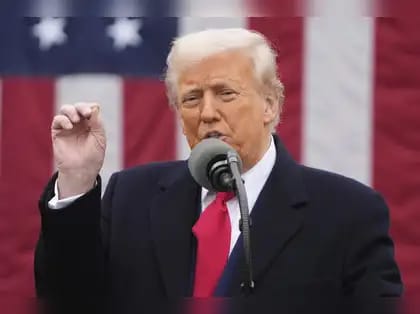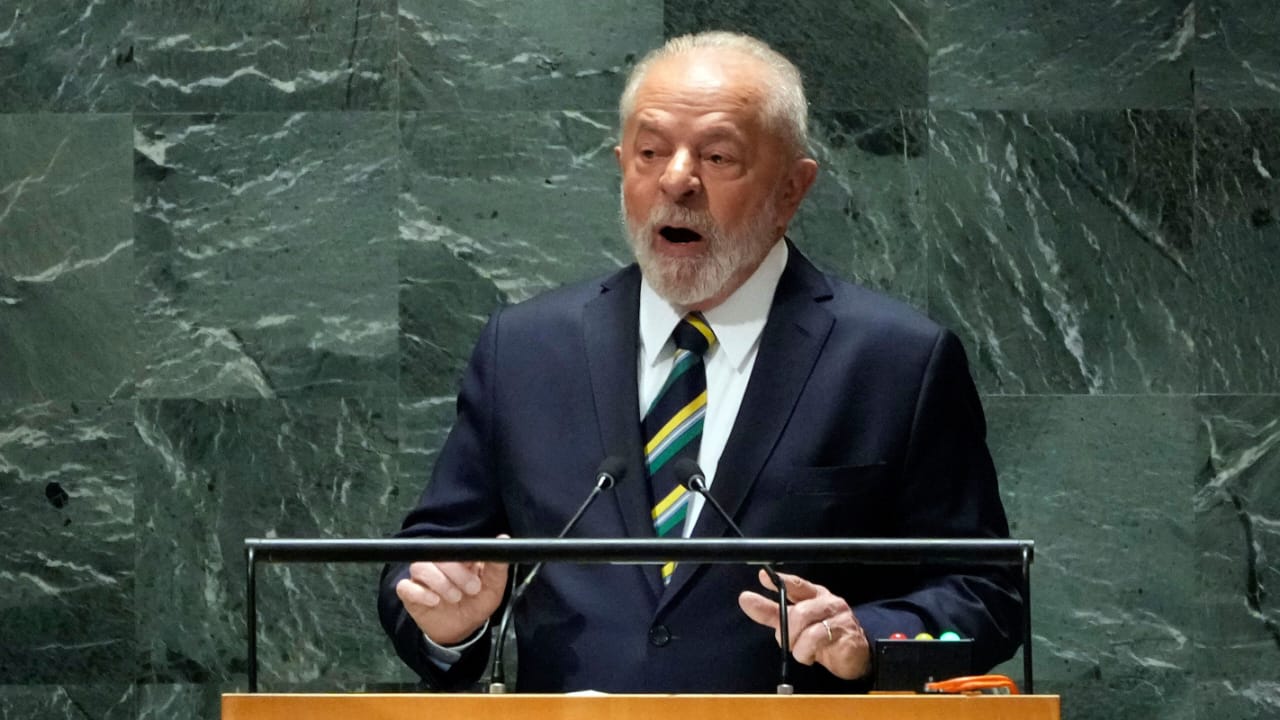
The global economic order is facing another devastating shift after former US President Donald Trump threatened to impose an additional 10% tariff on the BRICS countries – Brazil, Russia, India, China and South Africa. Brazilian President Luiz Inácio Lula da Silva has strongly condemned the move, declaring, “The world does not want an emperor.”
The latest escalation highlights the growing tension between Western economic dominance and the growing influence of the BRICS, which now represent more than 40% of the world’s population and a quarter of global GDP. But why is Trump targeting these countries, and what could this mean for international trade, diplomacy and the future of the US dollar’s dominance?
All the points in this post
Trump’s Tariff Threat: What Happened?
In a campaign-style warning, Trump 10% tariff BRICS universal tariff on all imports countries, framing it as a measure to protect American industries from “unfair trade practices.” This is not his first campaign—during his presidency, Trump has launched a vicious trade war against China, imposing tariffs worth billions of dollars. But this time, the threat extends beyond China to allies like Brazil and India.
Rising consumer prices in the United States (buyers often bear the brunt of the tariffs). Retaliatory measures could hurt U.S. exporters. Accelerate the dollar’s decline as BRICS countries further reduce their reliance on the greenback.
Lula’s Sharp Rebuke: “The World Doesn’t Want an Emperor”
Brazilian President Lula, a vocal advocate of multilateralism, did not hold back in his response. We are no longer in the 18th century. The world does not need an emperor who imposes his will through threats. Trade should be fair, not coercive. Lula’s words highlight a broader frustration among developing countries, who are tired of what they see as US economic tyranny. His stance is in line with BRICS’ efforts for a more balanced global financial system, including an alternative to the SWIFT payment network and increased use of local currencies in trade.
Why the U.S. is Targeting BRICS Economies
The BRICS bloc is increasingly positioning itself as a counter to US and EU hegemony. Key factors behind Trump’s tough stance include: dollar debasement efforts, BRICS countries actively trading in local currencies rather than the dollar. Expansion plans, Saudi Arabia, Iran and others have expressed interest in joining BRICS, further increasing its economic influence. Geopolitical rivalry, China and Russia’s growing alliance threaten US influence in the global south.
The 10% tariff could be a desperate attempt to curb the BRICS momentum, but it risks backfire by pushing these countries closer together.
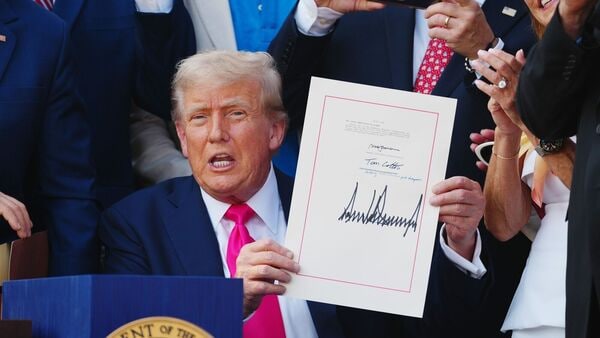
Mixed Signals: Will the Tariffs Be Enforced?
Recent reports suggest that the Trump administration may delay the implementation of the tariffs due to behind-the-scenes negotiations. Diplomatic pressure, as allies like India and Brazil lobby against it. Concerns about market stability, as investors fear volatility if a trade war breaks out. Election-year politics, as Trump may pretend to reclaim his base without taking immediate action.
Global Reactions & Potential Consequences
China now faces the prospect of retaliating with its own tariffs, which would further strain relations. India, caught between US relations and BRICS solidarity, could seek a compromise. Russia will use this to stoke anti-US sentiment among BRICS members. South Africa could lean more heavily on China for economic support. The bigger risk? A domino effect in which other countries join BRICS to avoid US trade pressure, leading to a fragmentation of the global economy.
What This Means for the Future of U.S.-BRICS Relations
Trump’s tariff threat could accelerate two major trends. With rapid dollarization, more countries could adopt the BRICS currency system. BRICS expansion, countries seeking autonomy from US policy could rush to join. The question is not just about tariffs – it’s about whether the US can maintain its economic dominance or whether the world is truly moving towards a multipolar order.
THE END
Trump’s proposed 10% tariff on BRICS countries is not just an economic policy – it’s a power play in a rapidly changing world. Lula’s defiant response captures a growing sentiment: The era of unilateral US dominance may be over. Will this move strengthen America’s position, or will it push BRICS into a more united, dollar-resistant bloc? One thing is certain: the line is being drawn, and the next few years will redefine global trade as we know it.
What do you think? Should the US negotiate instead of setting terms, or does it need a tough stance? Write your opinion below.


